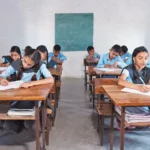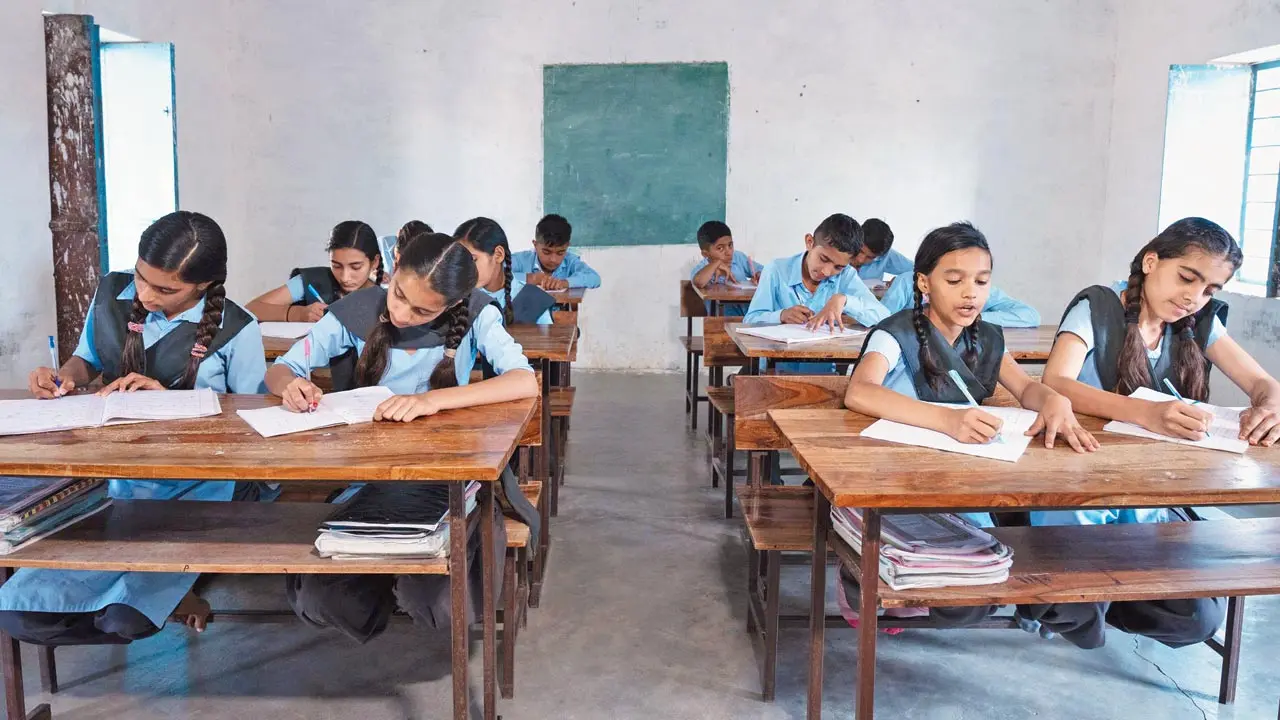Even in Std II, as many as 2.76 per cent of students studying in BMC schools scored low on pre-school-level linguistics, and 3.16 per cent scored low on pre-school mathematics.
Identifying this gap early on, the Brihanmumbai Municipal Corporation (BMC) Education Department implemented the pilot project of Foundational Literacy and Numeracy (FLN) assessments in 2024, as per the centre’s NIPUN (National Initiative for Proficiency in Reading with Understanding and Numeracy) guidelines.
This initiative, in academic year 2024-25, tested Std II students for their linguistic and mathematical literacy, identified learning gaps, and rapidly improved student scores with remedial practice tests. The tests showed great progress, as only 0.27 per cent of students scored low on a higher-level (Std II syllabus) linguistic test, while only 0.07 per cent of students struggled with mathematics.
Through the project, the students took up four tests — the first tested them for the knowledge imparted in Balwadi (pre-primary), the second tested them on the knowledge imparted in Std I, the third (pre-test) checked them for the knowledge imparted in Std II, and the fourth (post-test) assessed them for their retention of the Std II syllabus.
Over 30,000 BMC school students took part in this study and took up simple tests on the third Saturday of every month, which are typically ‘no-bag days’ for students.
As per officials, basic reading comprehension and vocabulary-based tasks were easiest for the students across most mediums of instruction. On the other hand, grammar-heavy and extended writing or comprehension tasks appeared tougher for students.
Students from Gujarati, Tamil, and English mediums recorded the highest linguistic scores (87 to 93 per cent).
When it came to mathematics, the students’ scores showed consistent improvement, where the number of low scorers went down from 3.16 per cent to 0.89 per cent in the first two tests, and the number of low scores dipped to only 0.07 per cent by the end of the fourth test.
The officials analysed that for the Std II students, simple addition, number identification, patterns and currency were the easiest concepts to tackle, whereas operations related to word problems, reasoning tasks, and operations with borrowing were the most difficult. As a result, these concepts became the focus of the intervention phase between the tests.
As per officials, these tests were a crucial learning curve for teachers alike: “Our teachers utilise FLN for analysing the results, shifting to targeted remediation by grouping students, and identifying learning gaps. For instance, a student who is struggling with linguistics may not be able to solve word problems in mathematics either. These tests helped us analyse these nitty-gritties of learning,” said Deputy Education Officer Sayli Surve.
30,000
No. of students took part in academic year 2024-25
FLN in all schools
The FLN initiative was limited to Std II students in all BMC-run schools, across all (language) mediums, in academic year 2024-25. However, in 2025-26, the civic body has begun assessing the current batches of Std II, Std III, and Std IV students, alongside the younger Std I students after their first-term, once they settle into the academic year. Completing the pilot project with second graders, the BMC is now to run the same exercise with over 90,000 students across all schools.











